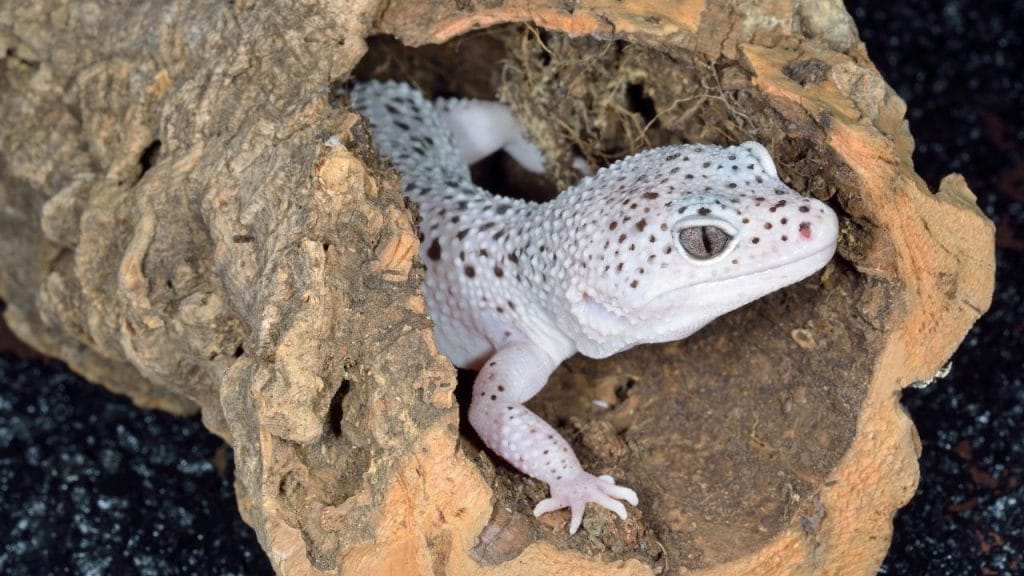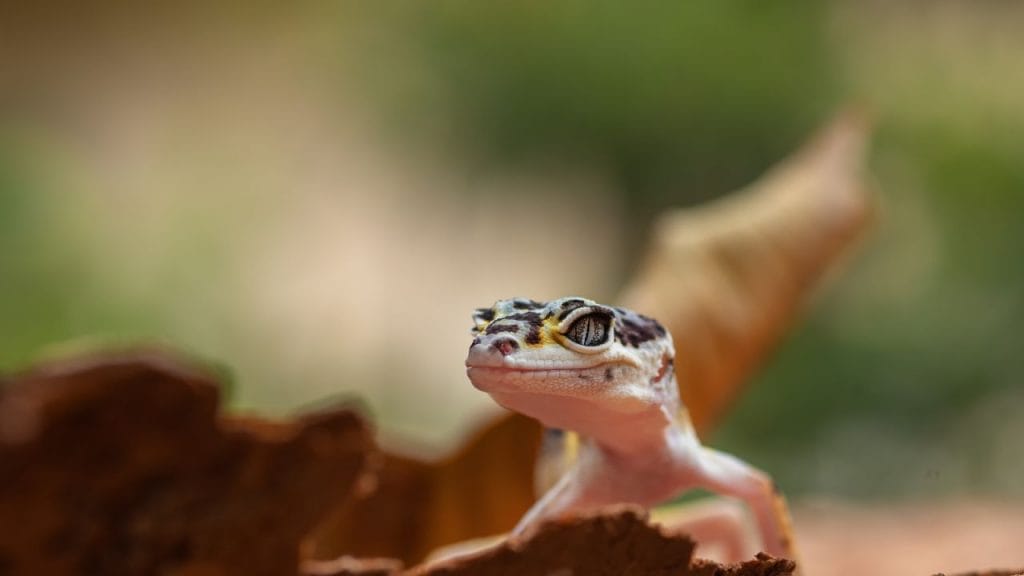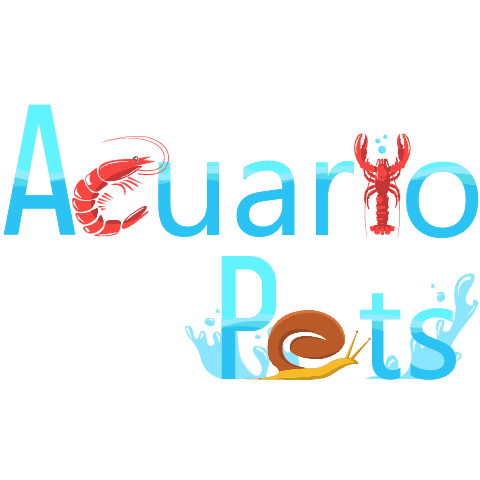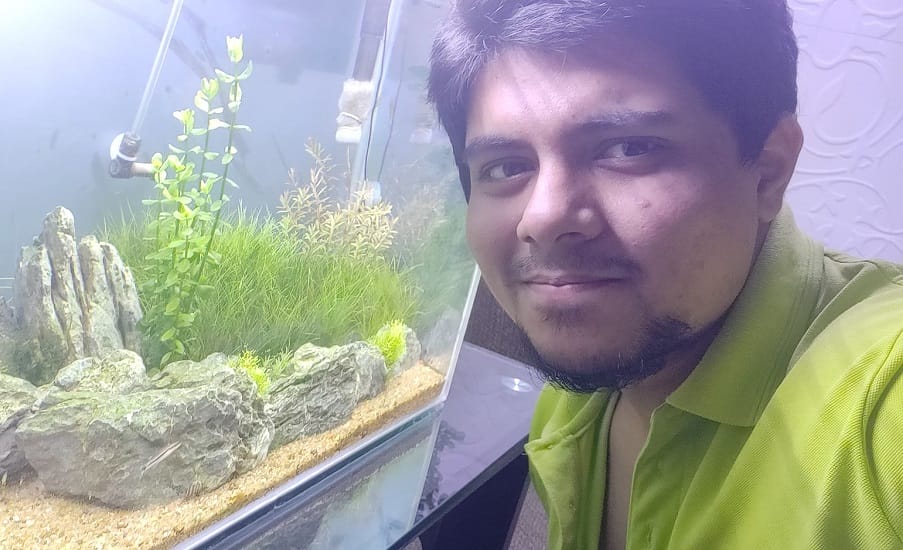This post was created with help from AI tools and carefully reviewed by a human (Muntaseer Rahman) . For more on how we use AI on this site, check out our Editorial Policy.
Check Out These FREE Tools We Made JUST For You!
Why Your Leopard Gecko Tank Smells (And How to Fix It)

A clean gecko tank should never smell like a trash bin.
If you’re getting hit with a nasty whiff every time you walk past your leopard gecko’s setup, something’s off. And no, it’s not just because reptiles are “dirty.” Leopard geckos are actually pretty clean animals.
So why does the tank reek?
In most cases, it comes down to one or more simple problems — old poop, rotting food, mold, or bad airflow.
I’ll break down every reason your gecko tank might smell, and show you exactly how to fix it.
Do Leopard Geckos Smell Naturally?
Nope. Leopard geckos don’t have a natural body odor.
They actually groom themselves with their tongue and like staying clean. If your gecko smells bad, it’s not them — it’s their tank.
A dirty tank, stuck-on poop, or moldy decor is usually the real reason behind the stink. Keep their space clean, and your gecko will stay odor-free.
Common Reasons Your Gecko Tank Smells
Poop and Pee
Leopard geckos poop in the same spot, but if you don’t clean it up quickly, the smell builds up. Urates (their version of pee) can also stink if they stay too long, especially in warm or humid tanks.
Rotting Food and Dead Bugs
Did your gecko ignore a cricket or worm? It might’ve crawled off and died somewhere. Rotting bugs smell terrible. Same with uneaten food left in the tank overnight.
Mold in the Tank
Too much moisture or not enough airflow? Mold will show up. Mold smells musty and spreads fast if ignored.
Dirty Substrate
Paper towels, sand, carpet, whatever you use—if it soaks up waste or water, it’ll start to stink. Some substrates also trap bacteria deep inside.
Filthy Hides and Decor
Poop and dead bugs can hide inside those cute cave hides or under fake plants. If you never check them, they become stink bombs.
Cold Tank Temps
If your gecko stays too cold, it can’t digest food properly. This leads to gas, runny poop, and more smell.
Protein-Heavy Diet
Too many crickets or worms = smelly poop. High-protein diets can cause gas, which makes things worse.
Possible Illness
If the smell is extreme and the poop looks off (runny, bloody, weird color), your gecko might be sick. Time to call a reptile vet.

How Often Should You Clean the Tank?
To keep smells away, you’ll need to clean the tank on a regular schedule. Here’s what I recommend:
- Spot clean: Every day
- Light clean: Once a week
- Deep clean: Once a month
Each type of substrate needs its own routine too. Here’s a quick breakdown:
| Substrate | How Often to Change or Clean |
|---|---|
| Paper towels | Replace 1–2 times a week |
| Newspaper | Replace 1–2 times a week |
| Reptile carpet | Wash 2–3 times a month |
| Ceramic tiles | Spot clean daily, deep clean monthly |
| Loose substrate (soil, sand) | Replace every 3–4 months |
If the tank smells bad before your cleaning day, don’t wait. Just clean it early. Smell = warning sign.
Step-by-Step: How to Clean a Leopard Gecko Tank
Before you start, gather what you’ll need:
- Gloves
- Paper towels
- A scrubber or sponge
- Reptile-safe cleaner (or vinegar + water)
- Warm water
- Trash bag
- Temporary carrier for your gecko
Step 1: Move Your Gecko
Gently place your gecko in a separate box or carrier. Add paper towels so it feels safe. If you’re using any spray cleaner, keep your gecko in another room until the smell is gone.
Step 2: Unplug Everything
Turn off and unplug heat lamps, lights, mats — anything electric. Let them cool down before you clean around them.
Step 3: Take Out Everything
Remove hides, bowls, decorations, and any loose items. If something smells bad, clean it or toss it. Don’t forget to check inside hides — poop and dead bugs love hiding there.
Step 4: Spot or Deep Clean
For spot cleaning (daily):
- Pick up poop and uneaten food
- Wipe down surfaces with paper towel
- Replace dirty substrate like paper towels
For deep cleaning (monthly):
- Take out all substrate
- Scrub the tank walls and floor with warm soapy water
- Rinse and wipe down with clean water
- Spray a reptile-safe disinfectant or vinegar mix (1:1 with water)
- Let it sit for 10–15 minutes
- Rinse again and dry everything fully
Step 5: Clean Decor and Bowls
Wash all bowls, rocks, and hides with soapy water. Scrub off poop, dirt, or mold. Rinse well and dry before putting back.
Step 6: Add Fresh Substrate
Lay down clean substrate. Don’t reuse dirty pieces, even if they “look fine.”
Step 7: Reassemble and Return Gecko
Put everything back in the tank. Plug in the heating and lighting again. Once it’s warm, return your gecko.

Why Does My Gecko Smell Like Pee or Poop?
If your gecko smells bad, it’s not coming from their body. It’s coming from their environment.
Leopard geckos pee and poop in solid form, but if it sits too long — especially in warm or humid tanks — the smell can stick to their body or feet.
Also, if they walk over waste or sleep near a dirty spot, they’ll carry that stink with them.
Clean the tank often, and they won’t smell like anything at all.
Quick Checklist to Keep the Tank Smell-Free
- Spot clean poop and pee every day
- Remove uneaten bugs within a few hours
- Wipe food bowls and surfaces weekly
- Keep temperatures in the right range for digestion
- Make sure there’s airflow to prevent mold
- Deep clean the tank once a month
- Clean hides and decorations often
- Replace dirty substrate on time
- Watch your gecko’s poop — if it’s weird, check their health
This routine keeps the tank fresh and your gecko happy.
About Author
Hello, I’m Muntaseer Rahman, the owner of AcuarioPets.com. I’m passionate about aquarium pets like shrimps, snails, crabs, and crayfish. I’ve created this website to share my expertise and help you provide better care for these amazing pets.
Disclaimer
This site is owned and operated by Muntaseer Rahman. AcuarioPets.com is a participant in the Amazon Services LLC Associates Program, an affiliate advertising program designed to provide a means for sites to earn advertising fees by advertising and linking to Amazon.com. This site also participates in other affiliate programs and is compensated for referring traffic and business to these companies.

